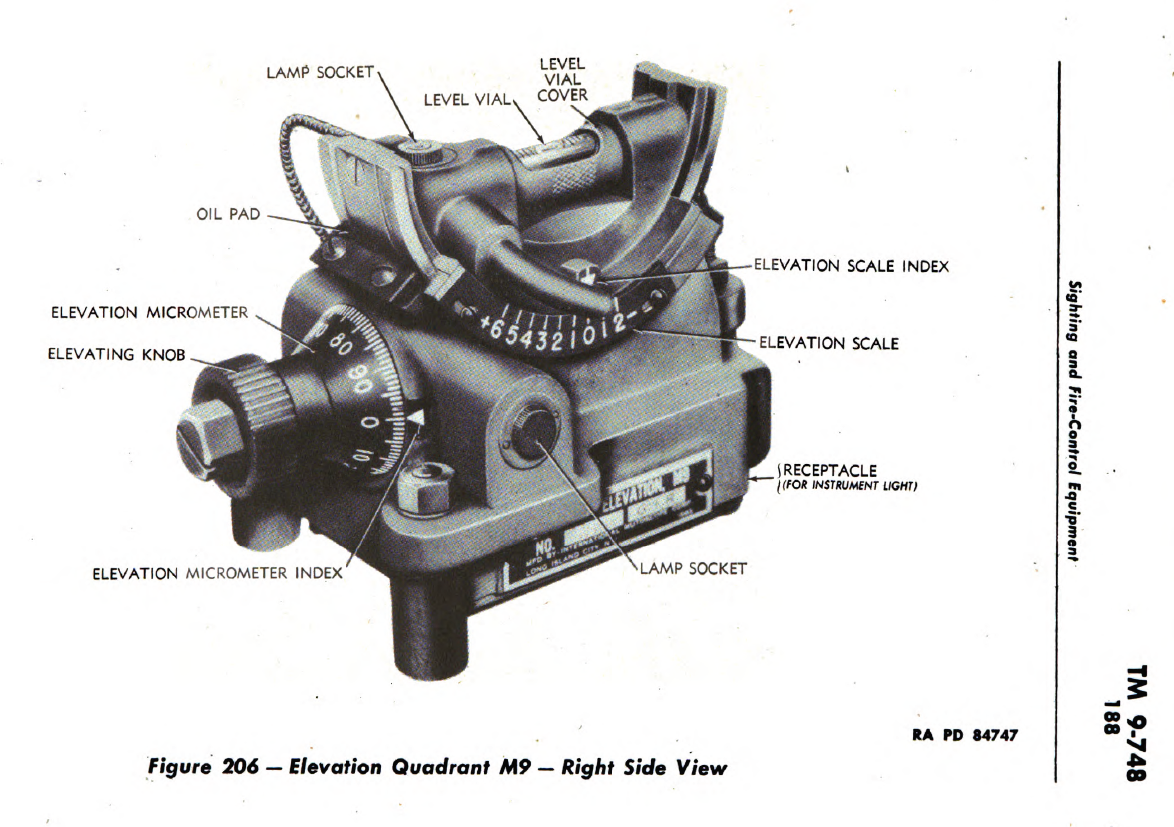What should be the composition of Force Z, in an ideal world, given that the British have no other commitments, and what is the possible composition of Force Z ITTL. Before we consider what the composition of Force Z is to be, we have to decide what role it is to fore fill, and how its going to achieve its goals. And this requires a very hard and clinical look at the situation in the Far East, and what the principal threat was to British interests is at the present time. First and foremost the days when Britain could by placing a significant navel force at Singapore, deter the Japanese from taking action, are long gone. That ship has sailed over the horizon into the sunset, and will not be seen or required again. Thanks to primarily American actions, with the British reluctantly tagging along, the Japanese are deep in a hole, and instead of putting their pick and shovel down, have grabbed a drill and some dynamite. So other than a number of complete fools and idiots, no one believes that the Japanese will not go to war sooner rather than later. The idea that the Japanese being inferior orientals, will not dare to take on superior ‘white men’ , conveniently forgets their successful campaign against the Russians in 1904.
So what is the primary aim of the British in the Far East, given the present situation, where thanks to the fall of France, and the subsequent Japanese occupation of FIC. American reluctance to adopt a unified defence policy, while continuing to pore gasoline on the fire. And the fact that Britain is presently involved in a major conflict against a far more dangerous enemy, German can directly attack Britain, Japan can not, no matter what success she might achieve in the Far East. The British know that they can not retain Hong Kong, it was written off in all pre war plans, even without Britain being involved in a major European conflict. The primary aim is to prevent a successful invasion of Malaya and retain Singapore as a major fleet base. Succeed in this, and you have achieved a defence of Australia and New Zealand, plus India and Ceylon, with the bonus of retaining both Sumatra and Java in European control. Yes there is a very good chance that you will temporarily lose Borneo and Bali, but they can be won back in time.
So in answer to the question of what should be the constituents of Force Z, to my mind if you want to defend Malaya/Singapore against a Japanese attack and invasion, Force Z, a collection of big ships isn’t the way to go. Personally I would go with a large mix of T class and U class submarines, with the requirement that 60% of the crew had completed 3 war patrols, and the captain the same with at least 1 as captain of the boat. For preference these patrols should have been in the Mediterranean, were under the hammer of Italian/German anti submarine warfare, a harsh but valuable school. These submarines along with all the naval efforts, should be supported by at least 3 squadrons of maritime patrol aircraft, preferably Sunderland's and Wellington’s. With a mix of light craft such as MTB’s and MGB’s, light destroyer’s, some older light cruisers and a few modern cruisers. You have just turned the South China Sea, into a death trap for the Japanese, remember the British torpedoes unlike the American torpedoes work. Now if you want to put a cherry on top of your cake, 2 KG5 class battleships, 1 battlecruiser, and Ark Royal, along with accompanying heavy cruisers and AA cruisers, plus fleet destroyers, principally as a fleet in being. The Japanese will have to divert ships from the attack on Pearl Harbour, not likely, or be constantly looking over their shoulder, in fear of what might appear over the horizon. The big ships don’t even have to leave the ‘safe’ environs of Singapore, to seriously put a spoke in the Japanese plans.
RR.

